Browse using the new Vinous website now. Launch →
Printed by, and for the sole use of . All rights reserved © 2015 Vinous Media
Chianti Classico: Riding Out the Storm
BY ANTONIO GALLONI | JULY 10, 2025
After an extraordinary vintage in 2021, producers in Chianti Classico faced two much more stressful growing seasons in 2022 and 2023. Those who were able to cope with those challenges turned out beautiful wines, but there is no getting past the simple fact that quality is inconsistent across the board. Even so, there is plenty to explore in this year’s new releases, ranging from wines from estates that handled the whims of Mother Nature to newer small projects and those that have made important strides in improving quality.
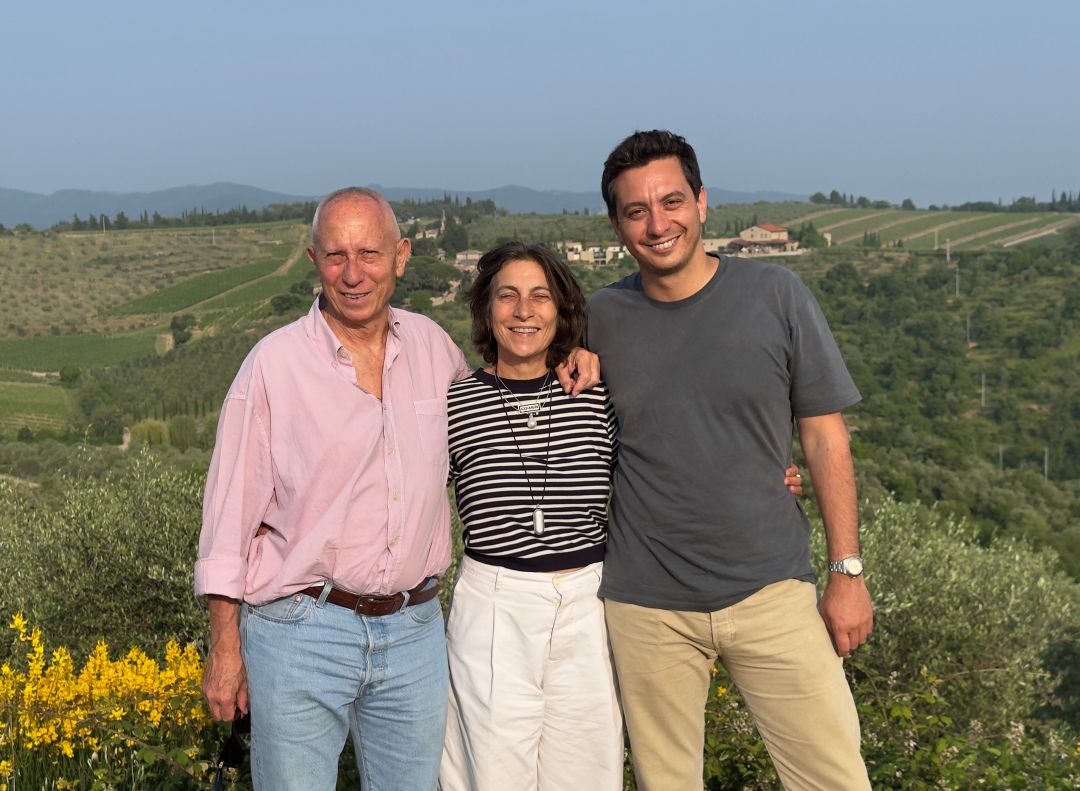
Marco Pallanti, Lorenza Sebasti and their son, Arturo Pallanti presented some of the most exceptional wines I tasted for this year’s report.
A Little Background
Even after all these years, Chianti Classico is a very special place for me personally. I first visited the region in the early 1990s with my parents on a family vacation to Florence and the surrounding countryside. My more cultured sister took us around all the museums, churches and piazzas, patiently explaining the artistic treasures before our eyes. I appreciated the art, but I was more interested in eating and drinking. Some years later, I wrote my first article on wine for my hometown newspaper. It was on Chianti Classico. Returning to these pristine hillside towns always brings back memories from that trip more than 30 years ago and an interest in wine that began to blossom around the same time.
Since then, Chianti Classico and its wines have soared to new heights. Historic estates have improved quality and consistency, while a wave of younger producers continue to reinvigorate the region with approaches that challenge preconceived notions of what Chianti Classico is and what it can be. This is such an exciting time for the region, a period marked by the most innovation I have seen in 30 years.
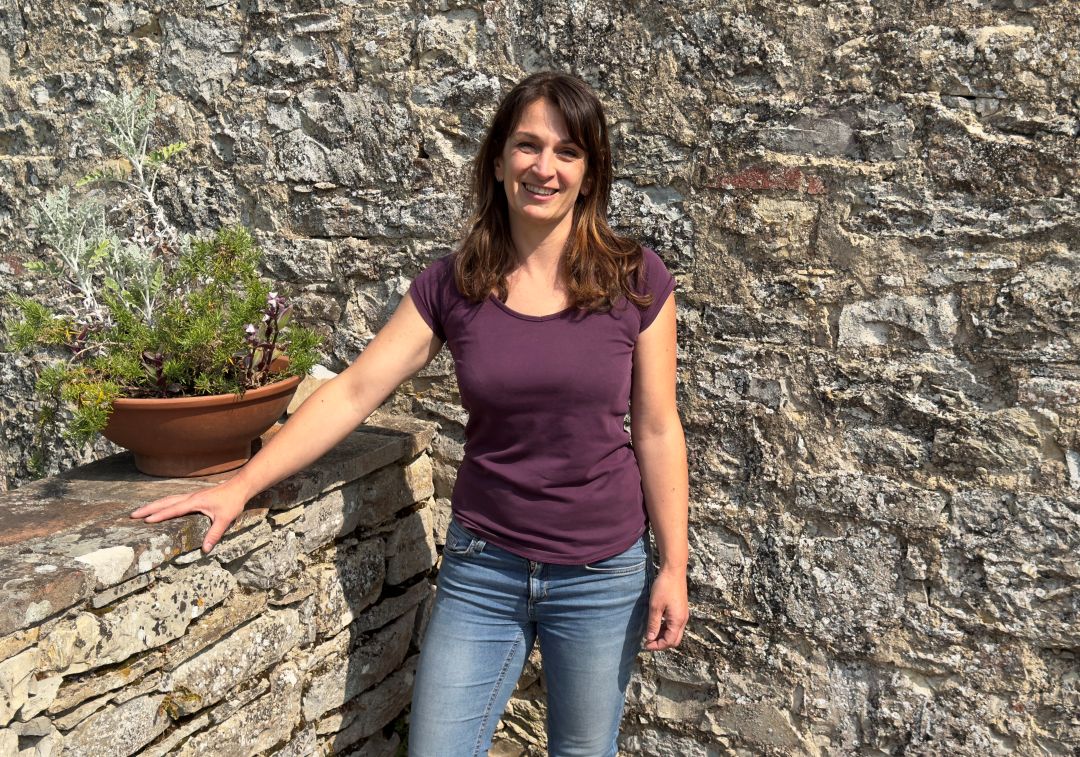
Angela Fronti at Istine is one of the young producers leading the new generation in Chianti Classico.
I have at times been critical of the atrociously named UGAs (Unità Geografiche Aggiuntive), most notably because, currently, these delimitations of place (the equivalent of appellations within the wider Chianti Classico region) can only be used for the Gran Seleziones (which account for about 7% of total production). This is a huge, missed opportunity to educate the public on the unique attributes of Chianti Classico’s 11 UGAs for a much broader selection of wines, those that consumers are more likely to encounter than just the very elite bottlings. Gran Selezione, the top level of Chianti Classico, introduced with the 2010 vintage, has been interpreted very differently from estate to estate. Some producers just changed the name of their better wines, while others saw Gran Selezione as a chance to set their sights higher. As much as I would like for some things to be different, the world is not a perfect place, and some change is an improvement over no change at all. That is plainly evident in wines that have never been better.
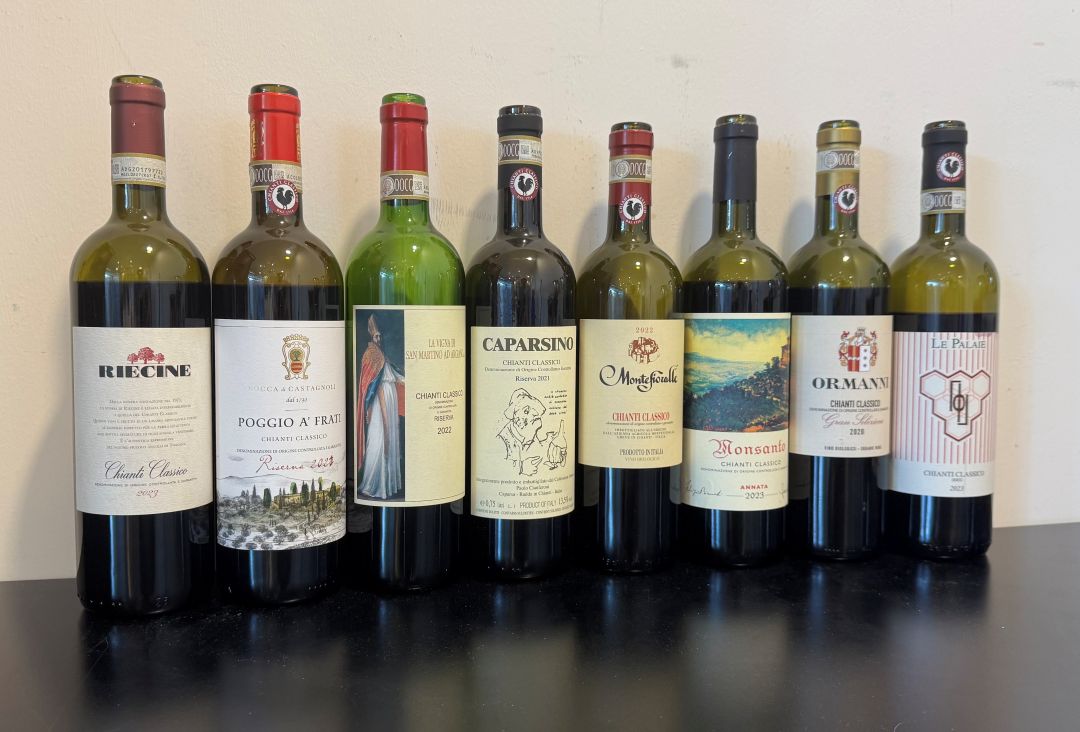
Standouts from this year’s tastings ranged from wines with long, pedigreed track records to those that are less well-known.
Much of the credit for that belongs to leadership of Giovanni Manetti, who is now in his second term as President of the producers’ Consorzio Vino Chianti Classico. Manetti is the rare figure who both makes outstanding wines at his estate (Fontodi) and who also has the diplomatic skill to be a consensus builder. Producers have overwhelmingly followed his vision. They also deserve a lot of credit for sticking together. The importance of this cohesion can’t be overstated, especially in a country that is so often marked by public division and a desire to air the dirty laundry. Indeed, I can think of several prestigious regions around the world that would kill to have this level of shared purpose and direction. In today’s world, these qualities are increasingly essential.
From a visitor’s perspective, I see ever more tasting rooms popping up that give the inquisitive oenophile an opportunity to taste and buy wine without necessarily visiting the properties. That’s a smart way to engage with customers who may have packed schedules. Other wineries have very liberal visiting policies. “We are basically open all time,” Vecchie Terre di Montefili winemaker Serena Gusmeri explained. “It’s important for us to engage with the end consumer.” That’s such a refreshing attitude.
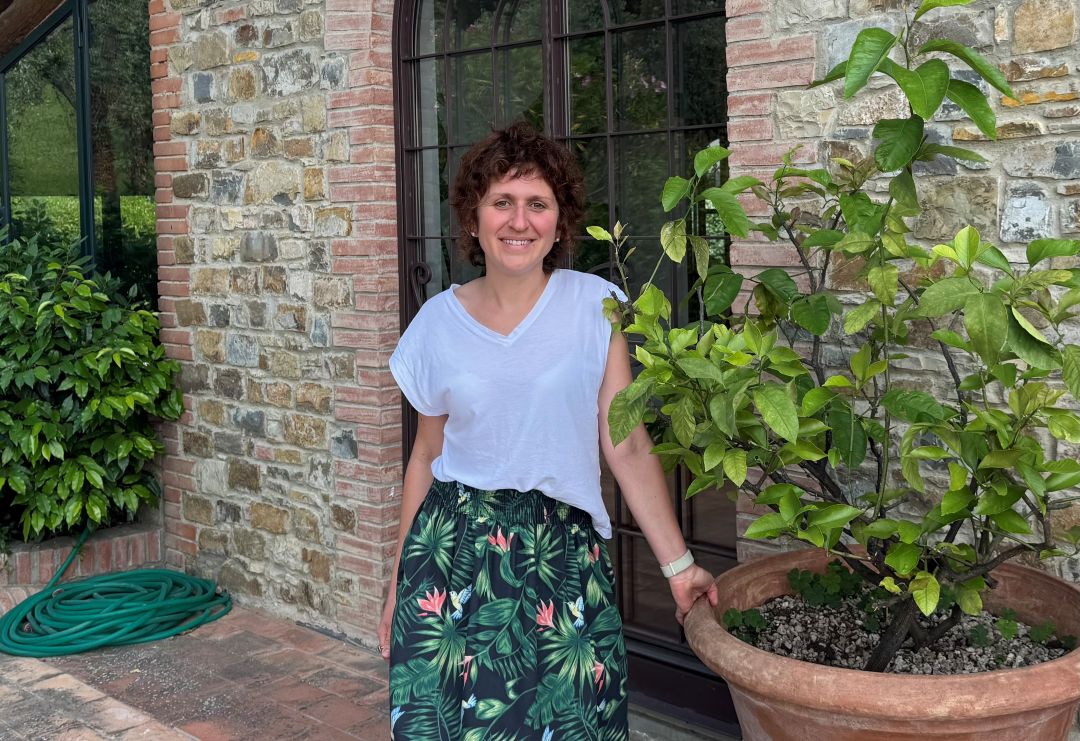
Serena Gusmeri has breathed new life into Terre di Montefili, one of Chianti Classico’s more cultish estates, with powerful wines that capture the essence of this unique property nestled between Panzano and Montefioralle.
State of the Union
Getting a handle on vintages in Chianti Classico is not especially easy relative to other regions, as I have explained in previous reports. Even the most casual glance at a map reveals how spread-out properties are in a region where most of the land is forest. Out of 70,000 hectares (173,000 acres), only 10,000 are planted to grapes. That’s quite different from regions such as Bordeaux, Napa Valley, the Côte d’Or or the Langhe, where contiguous vineyards span large stretches of land. In these regions, vintage generalizations can be helpful, as conditions are shared by many properties. That is much less so the case in Chianti Classico because of the dispersion of vineyards and estates, many of which are the modern-day remnants of large, self-sustaining communities that were once owned by the noble class and worked by sharecropping families going back to Medieval times. All of this is especially amplified in years like 2022 and 2023, years that are marked by unusual weather events that were destructive in some areas and totally benign in others.
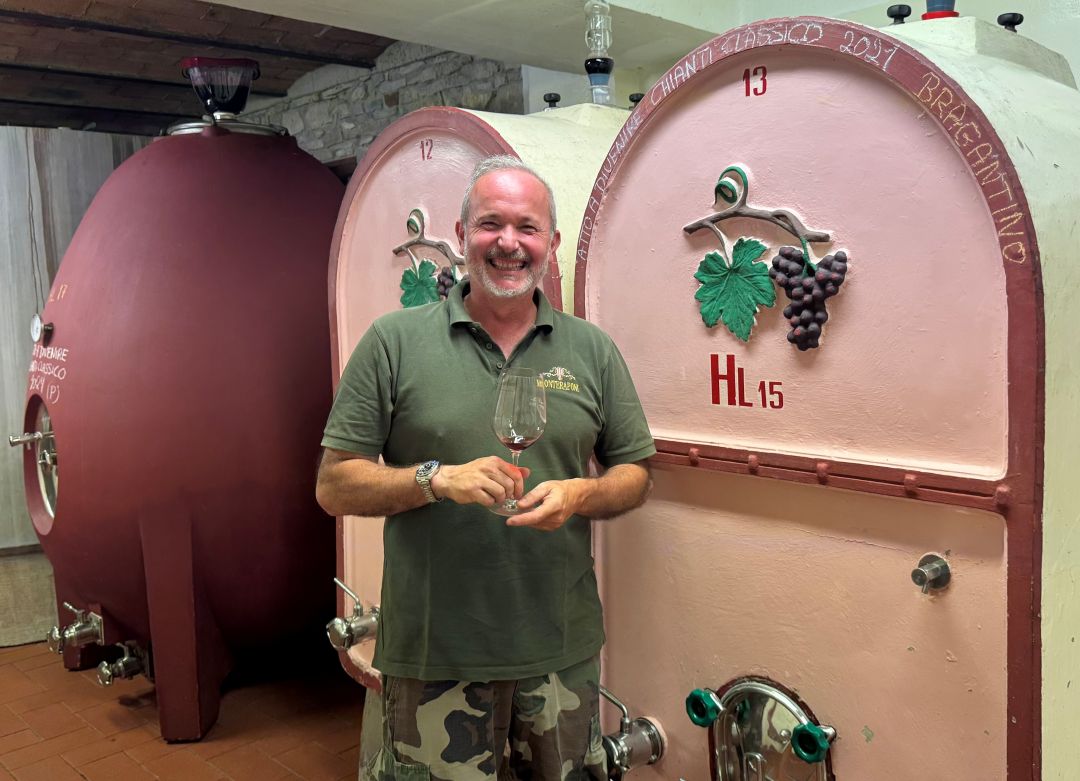
Michele Braganti with his 2021 Chianti Classico Gran Selezione Bragantino a few days before bottling.
Last year, I strongly advised readers to focus on the 2021s. Tasting close to 500 wines for this report, most of them from subsequent vintages, along with a few late-release 2021s, only served to reinforce my impression. It’s a truly extraordinary year. Vintages 2022 and 2023 have plenty to offer, but they are uneven vintages that require some selection. That said, I found more outstanding and intriguing wines than I had initially expected.
Many of the wines in this report offer exceptional value. It’s no secret that the wine market is currently traversing a period of uncertainty. Some markets have slowed considerably. Consumers, on the other hand, have never had more choices. It’s a great time for discerning, thoughtful buyers to add beautiful wines to their cellars without spending huge sums. Chianti Classico remains a fertile hunting ground for readers who appreciate fine, ageworthy wines of place that don’t cost a fortune.
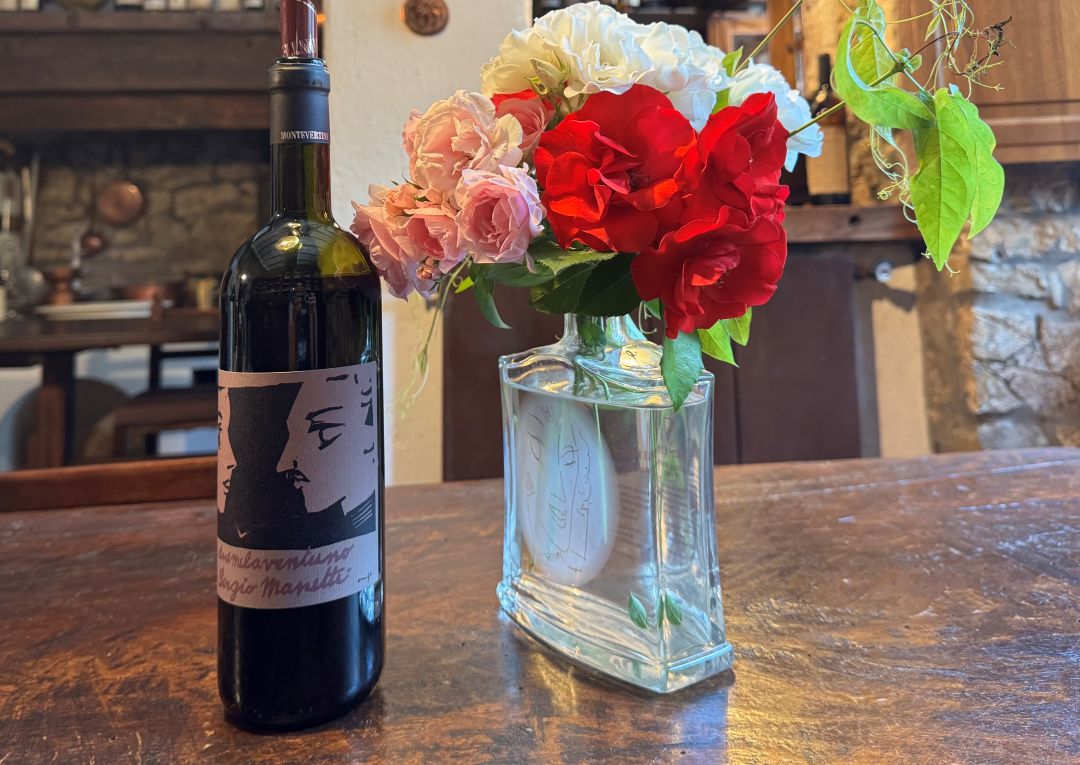
Montevertine’s 2021 Il Duemileventuno di Sergio Manettiis a special bottling to commemorate Manetti’s 100th birthday.
2022: Hot, Dry & Frenetic
The 2022 growing season got off to a positive start, with good rain in winter and spring prior to budbreak. Temperatures picked up during the second half of spring and persisted through mid-August. Rainfall was minimal. The most dramatic and defining event of the year occurred on the evening of the national Ferragosto holiday on August 15, when a violent storm passed through Chianti Classico. Some spots only saw rain, but about 400 hectares of vineyards were severely impacted by devastating hail. “We lost the entire western portion of our estate, which accounts for 25-30% of our total production,” Giovanni Manetti reported at Fontodi. Several estates in and around Panzano saw their vineyards destroyed and production reduced to next to nothing. Le Cinciole bottled only their Chianti Classico, while La Massa lost their entire crop.
In all my years tasting and writing about wine I have only seen events like this in Burgundy and Piedmont. As if that were not enough, a few vineyards succumbed to wild boar and other animals that found in grapes a rare source of water in a year where streams and creeks were parched. Production is down sharply at the hardest-hit properties. Some wines weren’t bottled at all.
The growing season proceeded quite differently in areas that were not adversely affected by the weather. Conditions turned quite damp and cool from mid-August to mid-September, extending the growing season unexpectedly with periods of rain, leading to high temperatures again in September. Many producers reported harvests that stretched into October, in other words, later than one might expect in a year marked by heat and drought for much of the growing season.
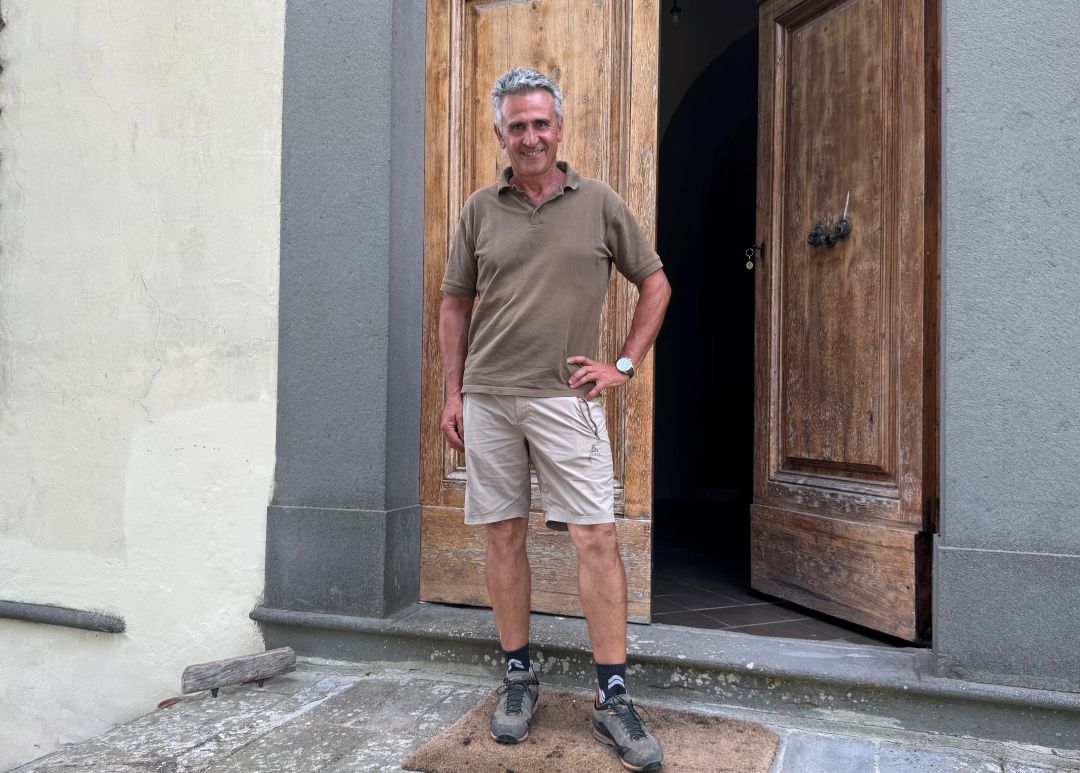
Luca Martini di Cigala presented a stellar collection of 2022s at San Giusto di Rentennano.
Where producers were not impacted by weather, the wines are very good. In some cases, even outstanding. The style of the vintage is hard to define, in part because conditions were so localized. Harvest dates were also critical. Some of that is determined by Mother Nature, specifically when fruit is ready, but producer decisions on when and how to harvest were equally important. “We had a very long summer in 2022,” Angela Fronti explained at Istine. “The August rain was helpful, as fruit had stopped ripening in some places, such as higher elevations in Radda. We started picking a touch earlier than normal under a little bit of rain and wrapped up on October 10, more or less in line with recent historical norms. Our approach was to pick micro-blocks across all our sites based on ripeness, rather than by one vineyard at a time, which is our more standard practice.”
“The secret to 2022 was waiting,” Winemaker Manfred Ing opined at Querciabella. “When it rains, people start to panic, they see other people picking, and so they pick too. We brought in our last fruit, Sangiovese from Lamole, on October 11, 7-10 days earlier than 2024, but still on the later side for us.”
Some producers have 2022s with relatively high sugars, while others have wines that are lower in alcohol than their 2023s. Another group thought the fruit was a bit diluted and required bleeding. I tasted some wines that felt light because producers picked on the earlier side for fear of having wines with elevated alcohols. In short, there is a bit of everything.
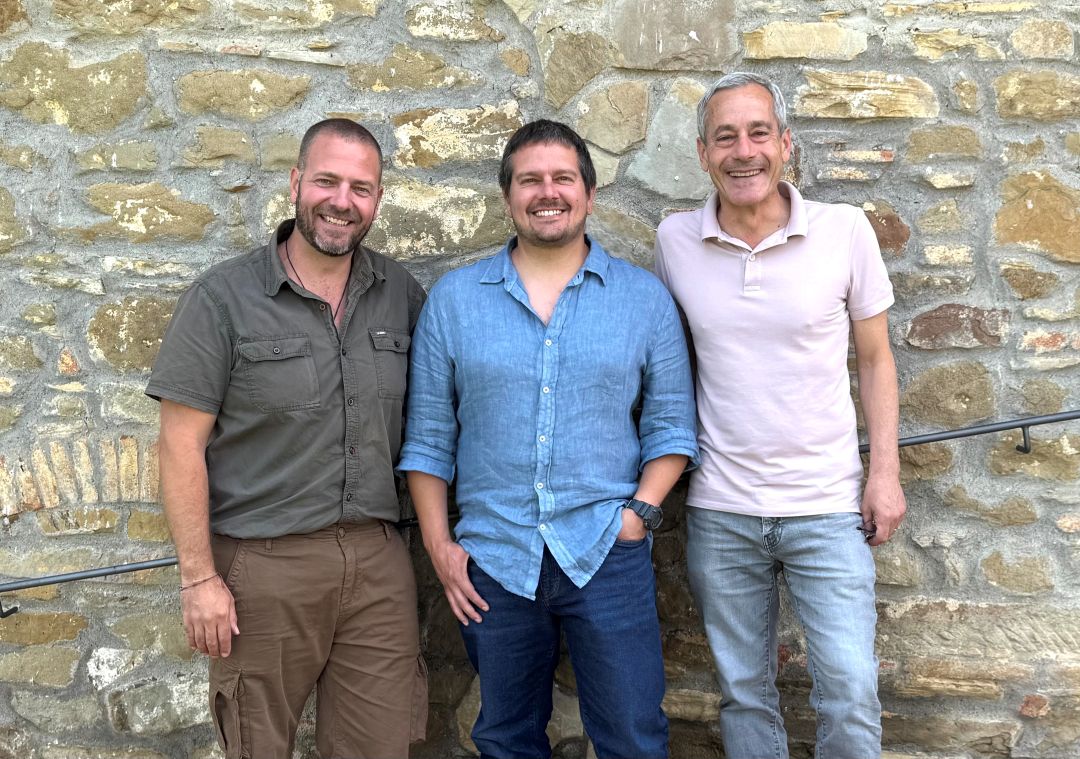
The team at Querciabella, led by Winemaker Manfred Ing, proprietor Andrea Castiglioni (who runs the estate with his mother Mita and sister Selene) and CEO Roberto Lasorte.
2023: An Inflection Point
Two thousand twenty-three was one of the most dramatic growing seasons in recent memory in Chianti Classico, as it was throughout Italy. Producers spent most of the spring battling continuous rain and elevated disease pressure. Most winemakers and owners had never seen such fast and widespread outbreaks of Peronospora (downy mildew). Over the last 10-15 years, Chianti Classico’s benign conditions have led many estates to adopt sustainable farming practices. Consider that European regulations limit the use of copper to an average of 4 kilos per hectare over a seven-year span. In Bordeaux, for example, estates are often at the 4-kilo limit. In challenging seasons like 2024, they are well above that threshold. In Chianti Classico, the average use of copper is closer to 2-2.5 kilos per year and rarely approaches 4 kilos, even in the most difficult of years. The proportion of estates in Chianti Classico that farm organically is about 60%. In some appellations it is quite a bit higher, for example, in Radda, where more than 70% of estates are organic, and Panzano, where that number is above 95%. These producers were especially vulnerable in 2023.
It was a constant battle in the vineyards, a year in which waiting just one day to treat the vineyards against downy mildew could have devastating consequences. That meant treating on Saturdays, Sundays, whenever it was needed. "Two-thousand twenty-three is by far the most challenging vintage I have seen since we started making wine,” Michele Braganti commented. “Disease pressure was so high. The parcel we use for our Riserva was completely decimated. We lost about 50% of our production.” Never one to mince words, La Massa’s Giampaolo Motta commented that “given the widespread outbreak of Peronospora, 2023 was a year for pragmatic thinking and not for dogmatic organic farming. We did five conventional treatments and at least brought home some grapes. Others were not so fortunate.”
Conditions improved markedly starting in late June. The trick was getting there. Summer saw the arrival of elevated temperatures that carried through to harvest. Production is down sharply across the region. Losses of 40% or more are not unusual. Castello dei Rampolla, which has followed biodynamic protocols in their vineyard since the 1990s, lost 90% of their crop. Many top wines will not be released, including San Giusto a Rentennano’s Ricolma and Castello di Ama’s Casuccia, Bellavista and Apparita, among others. If there is a silver lining, it is that producers have become much more experienced and vigilant in just a few years, such that many estates I visited for this report had already intervened in their vineyards to prevent a similar result in 2025.
So far, only the Annata Chianti Classicos have been released. Those wines suggest a highly inconsistent vintage. Some wines show the richer side of the year, while others appear light and lacking dimension, perhaps because yields were high in some spots. It’s a vintage in which consumers will have to choose carefully.
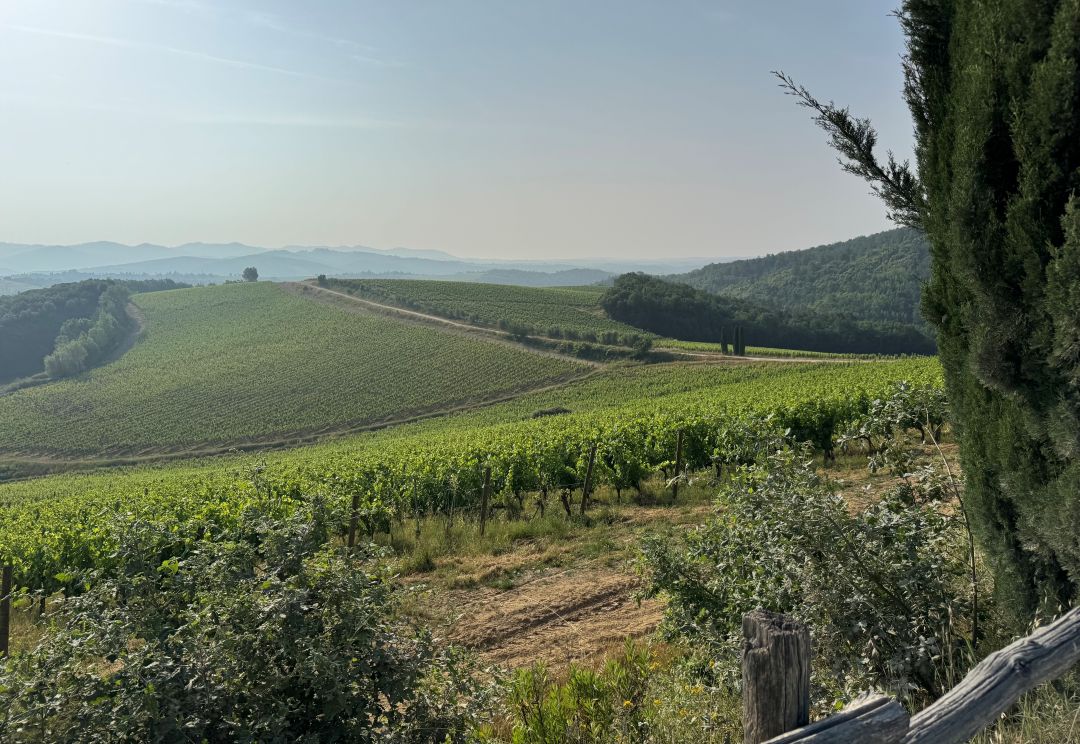
A striking early morning view from Dievole.
A First Look at 2024
So far, I have tasted only a few 2024s, mostly whites and Rosés, so it is hard to have a view on the vintage and wines at this point. Early signs point to a year marked by slow ripening and lower sugars.
I tasted all the wines in this report during my annual trip to Chianti Classico in June 2025.
© 2025, Vinous. No portion of this article may be copied, shared or re-distributed without prior consent from Vinous. Doing so is not only a violation of our copyright, but also threatens the survival of independent wine criticism.
You Might Also Enjoy
Chianti Classico: The Magnificent 2021s, Antonio Galloni, July 2024
Chianti Classico: The Brilliant 2021s & Variable 2020s, Antonio Galloni, August 2023
Chianti Classico & Neighbors: Looking at the 2020s and 2019s, Antonio Galloni, July 2022
Chianti Classico and Beyond – 2018 & 2019, Antonio Galloni, September 2021
Staring Into The Heart of Sangiovese, Antonio Galloni, June 2012
Show all the wines (sorted by score)
- Antinori
- Antinori - Tenuta Tignanello
- Arillo in Terrabianca
- Badia a Coltibuono
- Bibbiano
- Bindi Sergardi
- Brancaia
- Ca' di Pesa
- Cafaggio
- Calcamura
- Campomaggio
- Candialle
- Capannelle
- Caparsa
- Capraia
- Carpineta Fontalpino
- Carpineto
- Casaloste
- Castellare
- Castell'in Villa
- Castello dei Rampolla
- Castello di Ama
- Castello di Bossi
- Castello di Brolio - Barone Ricasoli
- Castello di Cacchiano
- Castello di Farnetella
- Castello di Gabbiano
- Castello di Meleto
- Castello di Monsanto
- Castello di Querceto
- Castello di Verrazzano
- Castello La Leccia
- Castello Vicchiomaggio
- Cavalli - Tenuta degli Dei
- Cigliano di Sopra
- Collazzi
- Dievole
- Donna Laura
- Edoardo Sderci
- Enrico Pozzesi & Figlie (formerly Rodano)
- Fattoria di Rignana
- Felciano
- Fèlsina
- Fontodi
- Frescobaldi - Tenuta Perano
- Gagliole
- I Fabbri
- Il Barlettaio
- Il Molino di Grace
- Isole e Olena
- Istine
- Jurij Fiore & Figlia
- La Montanina
- La Palaie
- La Sala del Torriano
- La Vigna di San Martino ad Argiano
- Le Cinciole
- Le Fonti - Panzano
- L’Erta di Radda
- Maurizio Alongi
- Montefioralle
- Monteraponi
- Monterotondo
- Montesecondo
- Montevertine
- Nardi Viticoltori
- Nipozzano
- Nittardi
- Ormanni
- Pagliarese
- Piemaggio
- Podere Campriano
- Podere Capaccia
- Podere Il Monastero
- Podere Il Palazzino
- Podere La Cappella
- Podere Le Boncie
- Poggerino
- Poggio al Sole
- Poggio Scalette
- Pomona
- Querceto di Castellina
- Querciabella
- Renzo Marinai
- Riecine
- Rocca delle Macie
- Rocca di Castagnoli
- Rocca di Montegrossi
- San Felice
- San Giusto a Rentennano
- Tenuta Cappellina
- Tenuta Casenuove
- Tenuta di Carleone
- Tenuta La Massa
- Terra di Seta
- Terreno
- Tolaini
- Torre Prumiano
- Tregole
- Val delle Corti
- Vallepicciola
- Vallone di Cecione
- Vecchie Terre di Montefili
- Vignole
- Villa Le Corti
- Viticcio
- Volpaia
